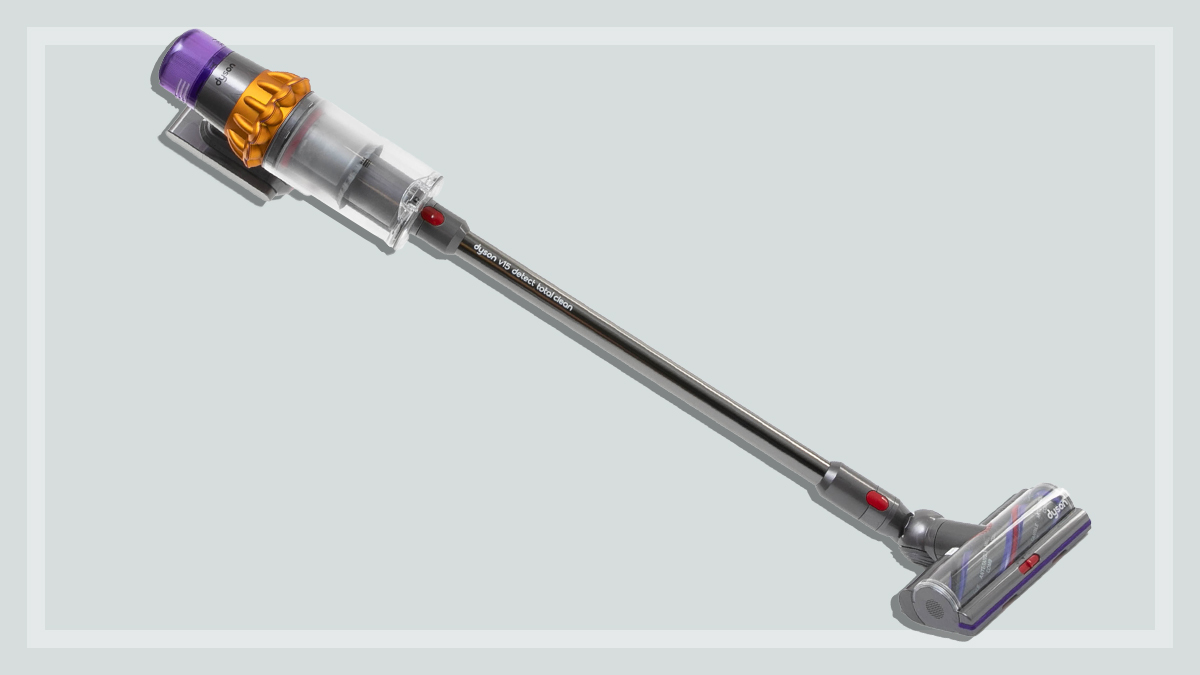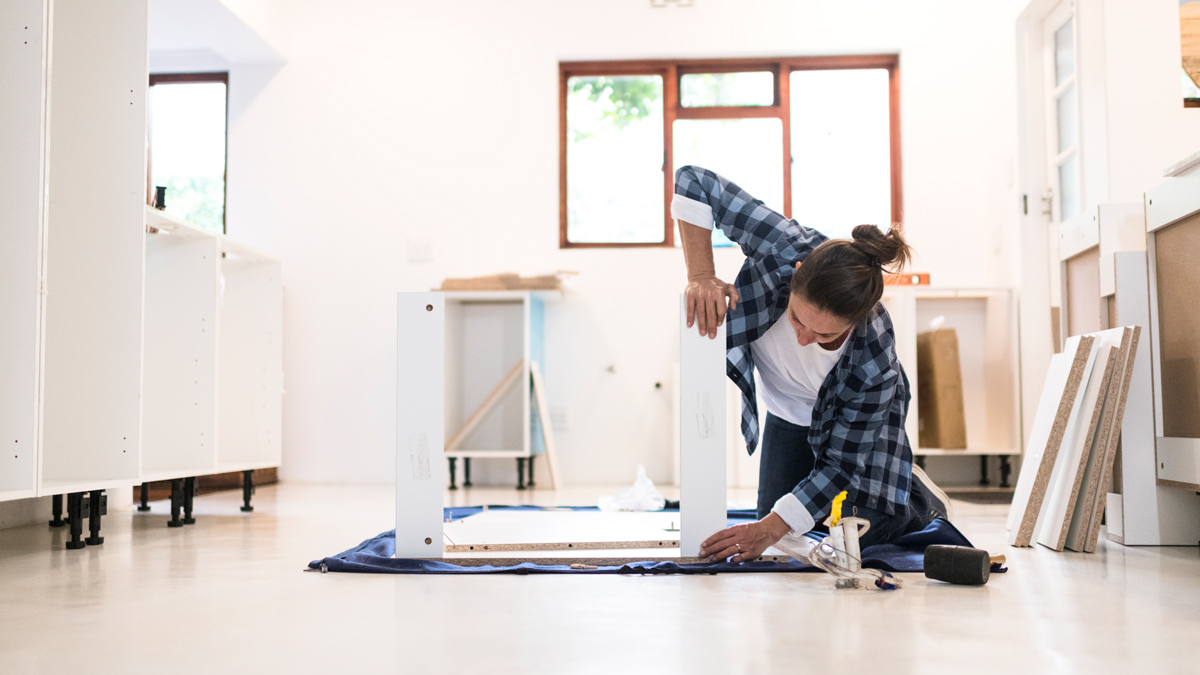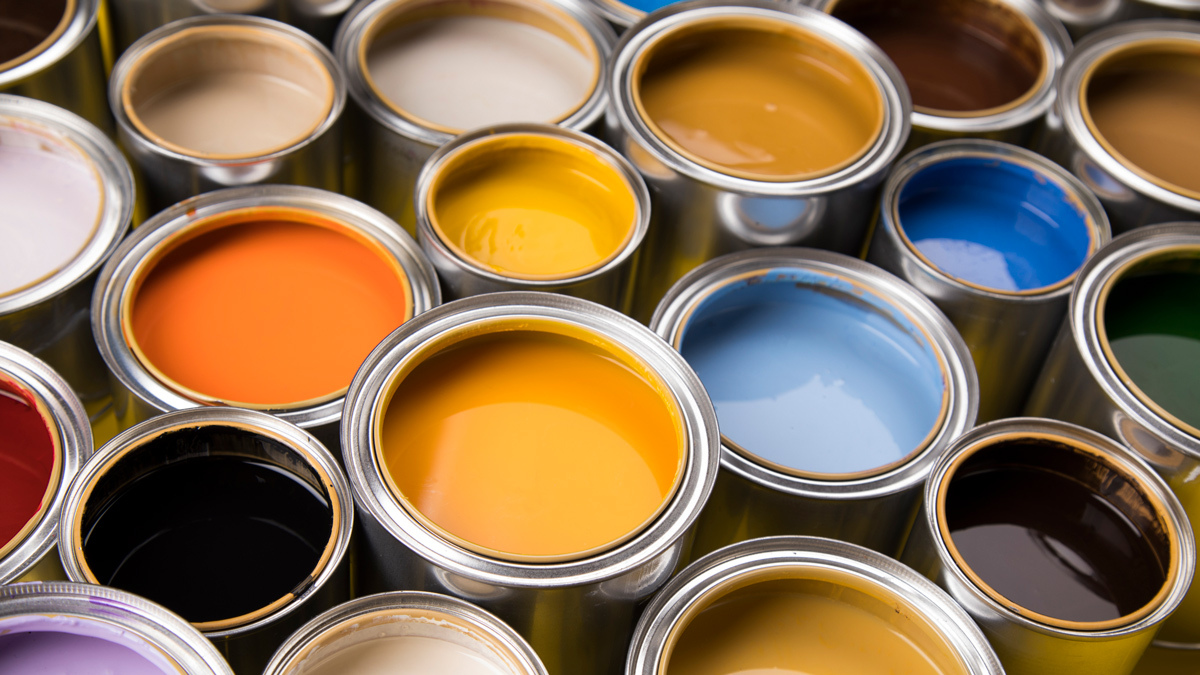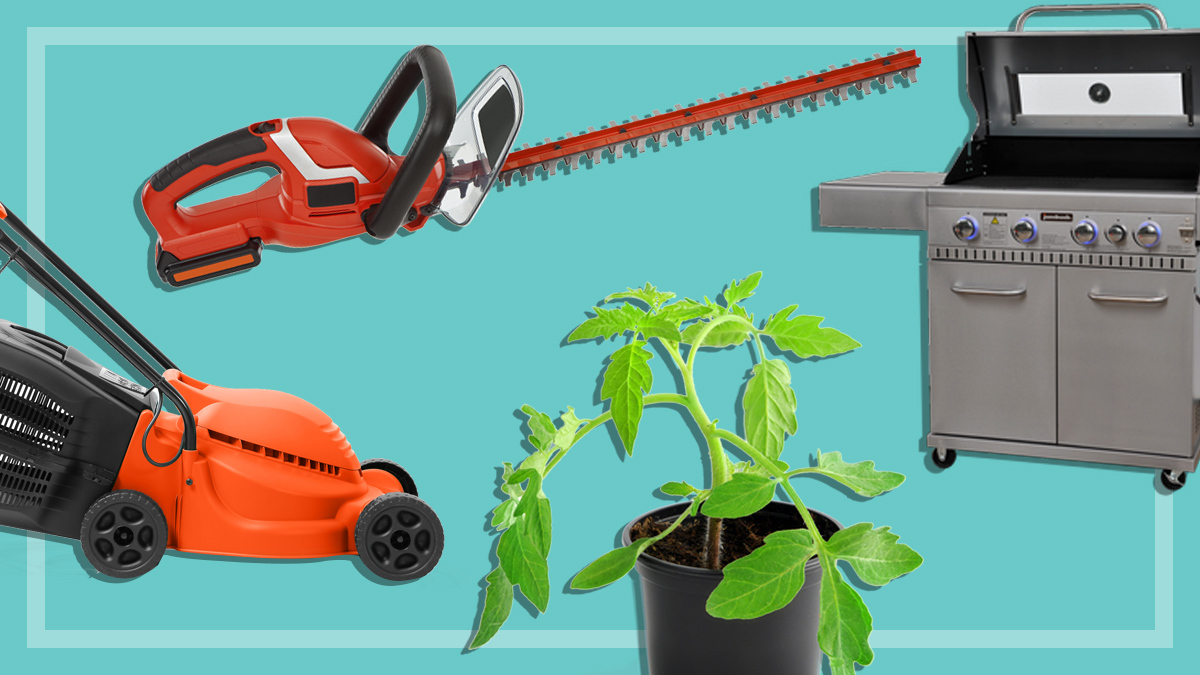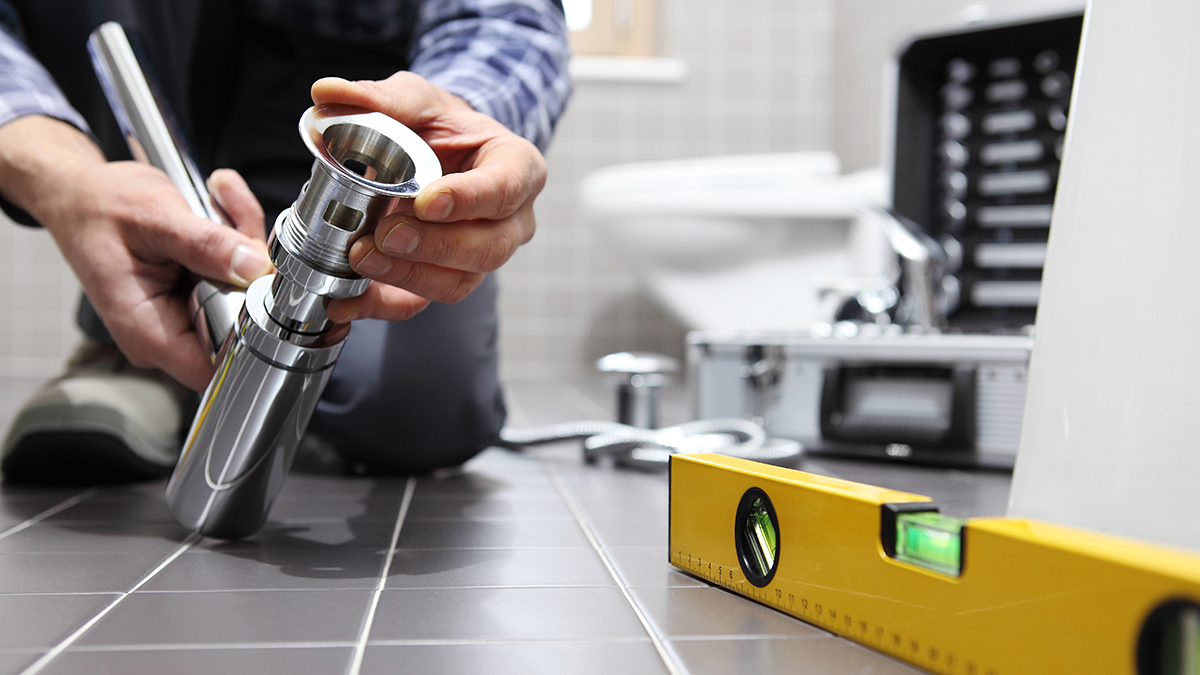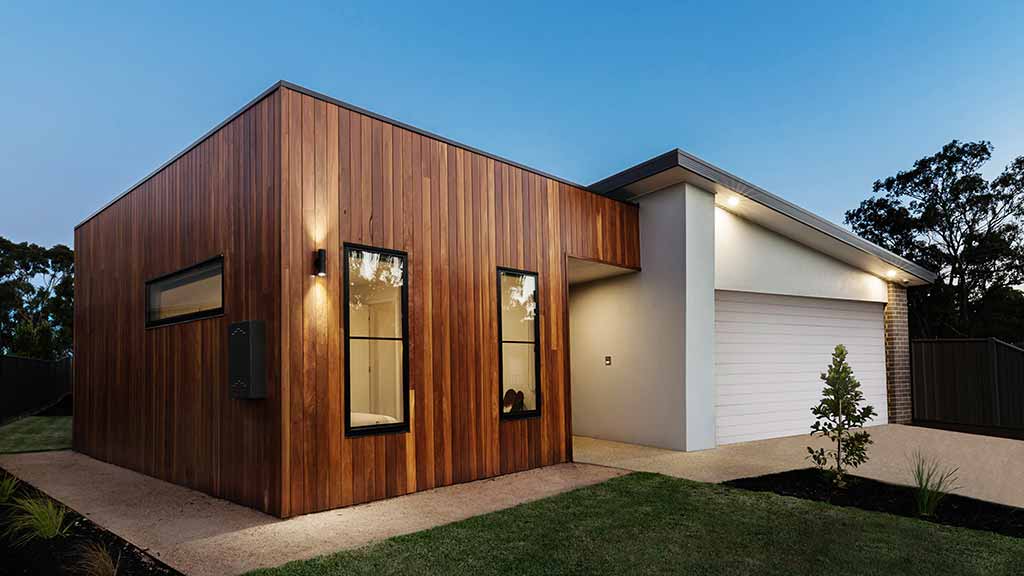Get our independent lab tests, expert reviews and honest advice.
How to buy the best carpet
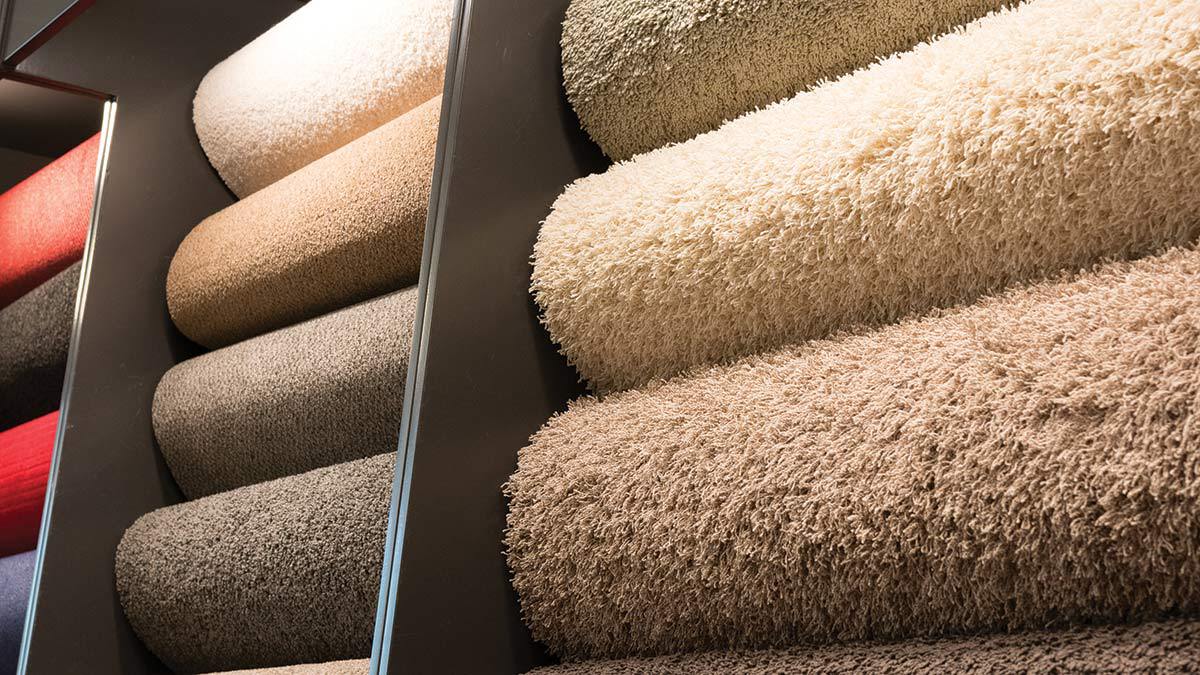
From Axminster carpet in the 1800s through to the shag pile of the ’60s and the beach house feel of today’s sisal-style floor coverings, carpet has long been a popular flooring choice for Australian homes. It’s stylish, durable, soft, quiet underfoot and good for insulation.
On this page:
- What carpet material is best?
- Does it make a difference which carpet colour you get?
- What sort of carpet pile should you get?
- What to look for instore
- How much does carpet cost?
- How often do you need to replace carpet?
- Carpet Glossary
Whether you’re carpeting a new room, the whole house or replacing some worn or daggy carpet you’ve had way too long, it’s probably time to get an update on what’s out there. Buying the wrong carpet can be an expensive mistake, so read on as we lay on piles of useful information.
What carpet material is best?
No one fibre is best for everyone – the best carpet choice for you depends on where it will be, who’ll be using it, how much traffic it will get, and the size of your budget.
Wool carpet
Just like your favourite jumper, wool carpet is warm, luxurious and durable. It’s also generally more expensive than other fibres. Wool is good for living areas where appearance is important. It’s naturally stain-resistant in that it resists liquid-based spills and releases dirt easily, but you’ll want to clean up spills quickly. Cheaper wool carpets are likely to pill.
Nylon carpet
Nylon is a tough and durable man-made fibre. It’s very popular for carpets – it’s cheaper than wool and some even look as good but with added stain-resistance. Nylon carpet will hold its colour against cleaning and sunlight, and it’s ideal for use in high-traffic areas for families with children or pets.
Polypropylene carpet
Polypropylene is a synthetic fibre, popular because it’s inexpensive, water-resistant and durable. It’s often used for rental properties, garages or playrooms, but it looks and feels cheap because it is.
Blends
Wool and nylon blend carpet can give you the benefits of both at a lower cost than pure wool carpet.
The luxurious Axminster and Wilton carpets use an 80/20 wool/nylon blend and offer the same quality and durability as pure wool. 50/50 wool/nylon blends can be difficult to clean, as stain-resistance can’t be added to the nylon when it’s blended. These blends also tend to use poorer quality wool yarn that will pill.
What else do you need to know about buying carpet?
Before you hit the shops
Have an idea of the colour and type of pile you want, but remember, it’s not just about aesthetics. It’s recommended you get professional carpet cleaning once a year – the right colour and pile can help hide dirt and stains in between cleaning.
Does it make a difference which carpet colour you get?
- Lighter colours are great for small rooms as they’ll make them seem larger, but they’ll show stains more readily than darker shades.
- Dark colours hide stains but show lint.
- Speckled carpets with lighter and darker fibres will disguise stains and lint, but some people think they always look dirty, even when clean.
If you’re looking at colours online, remember they may look quite different in person – your screen can have all sorts of flaws, as can the picture you’re seeing. If you can, pop into a carpet store to see it with your own eyes, or have a sample sent out to you.
What sort of carpet pile should you get?
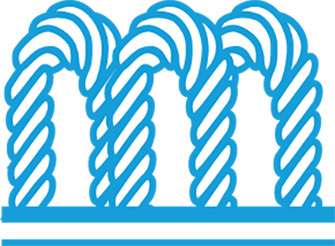
The pile is how long the fibres of the carpet are – the longer the pile, the shaggier the carpet.
- Loop pile carpet has individual strands of yarn pulled twice through the carpet backing to create a small loop. It has a more casual look, hides footprints better and is well suited to high-traffic areas, especially shorter loops.
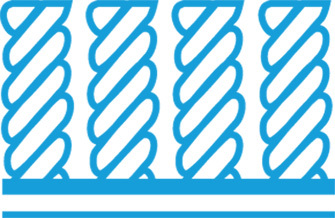
- Cut pile carpets have the loops cut at the top, leaving tufts of yarn that stand straight up. It has a more luxurious, formal look than loop pile, but tends to show light and dark areas including footprints and vacuum cleaner tracks – something you don’t see in the catalogues!
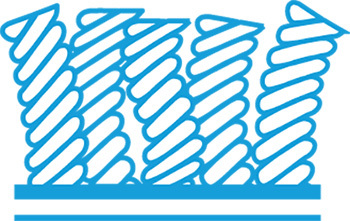
- Twist pile carpets try to solve the above issue of showing up footprints and vacuum tracks by tightly twisting the fibre ends – but again, they do tend to show dark and light patches over time.
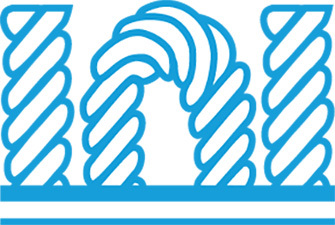
- Cut and loop pile carpets mean you can create different heights in the pile, which means you can design textured patterns into carpet. While this is good for hiding dirt and footprints, they can wear more quickly.
What to look for instore
When it comes time to hit the carpet store, there are some things to check to make sure your carpet of choice is up to the job.
Density
Density refers to the amount of pile yarn in the carpet and how close the tufts are to one another. Check the density by bending the carpet sample in a U shape with the tufts facing out. The less carpet backing you see, the denser the carpet. As a rule, the denser, the better.
Durability: look for the label
Density is part of the durability story – the quality of the fibre and construction also contribute, and that can be hard for the average punter to gauge.
The Carpet Institute of Australia has developed the Australian Carpet Classification Scheme (ACCS). It’s a voluntary industry labelling and grading system for carpets of all fibres and is used by all the major suppliers.
Carpets carry a star-rating out of six for residential use (four for commercial or contract use) which shows how well it performed in independent wear and performance tests. The label also says whether the carpet should be used in areas of light, medium, heavy or extra heavy traffic. Get a heavy-duty rating for high-traffic areas such as stairs, halls, entranceways, the kids’ playroom, the path between the sofa and the fridge…
Try before you buy
Lighting and surrounding colours and materials will influence how your carpet looks in your home. Take samples home and check them in each room under different lighting conditions – natural daylight, artificial lighting, candlelight, disco lights or any other lighting you use.
Underlay
Underlay can help your carpet last longer, absorb sound, cover minor bumps and holes in the floor and provide insulation. Choose it when you buy your carpet.
You’ll probably choose between foam underlay and rubber underlay. Underlay varies in quality, so stand on it to test that it feels firm but comfortable – you shouldn’t be able to feel the floor with the heel of your shoe.
Installation
It will probably be cheaper to get the carpet installed by the company you buy it from. Make sure you get a fully itemised quote – most quotes from retailers will include underlay and installation, but they won’t always include moving the furniture.
How much does carpet cost?
Carpet is usually priced by the broadloom metre. Remember to convert to square metres when comparing carpet prices to other floor coverings, such as tiles or timber.
Nylon carpet can range from $125–300 per broadloom metre, wool carpets can range from $140–500 and polypropylene carpets from $65–180.
How often do you need to replace carpet?
Depending on the traffic, stains and wear the carpet endures, you can plan on replacing your carpet once every 10–15 years. High-traffic areas such as hallways and living areas are likely to degrade faster. It’s worth keeping hold of the offcuts, or buying extra when you originally install the carpet, as you’ll be able to replace these areas as necessary – while a stop gap solution, it’ll extend the life of your carpet’s look and feel.
Carpet Glossary
Broadloom metre: 1m x 3.66m
Solution-dying is where colour is added to the nylon carpet fibre during production, rather than applied to the surface afterwards, making it colourfast against cleaning and sunlight.
Berber carpets have thick yarns tufted into chunky loop tufts. They’re usually in earth tones with a ‘flecked’ appearance, which is excellent for hiding stains.
Sisal-style/cord carpets have tighter loops than berbers, creating a stiffer feel and are good for high-traffic areas.
Velvet/plush carpets have the pile cut several times to create a velvety sheen, but this also shows every footprint.
Saxony carpets are similar to velvet, but not quite as smooth.
Freize/twist carpets have tightly twisted fibres that curl slightly at the pile surface. They hide footprints and vacuum marks, making them suitable for high-traffic areas.

